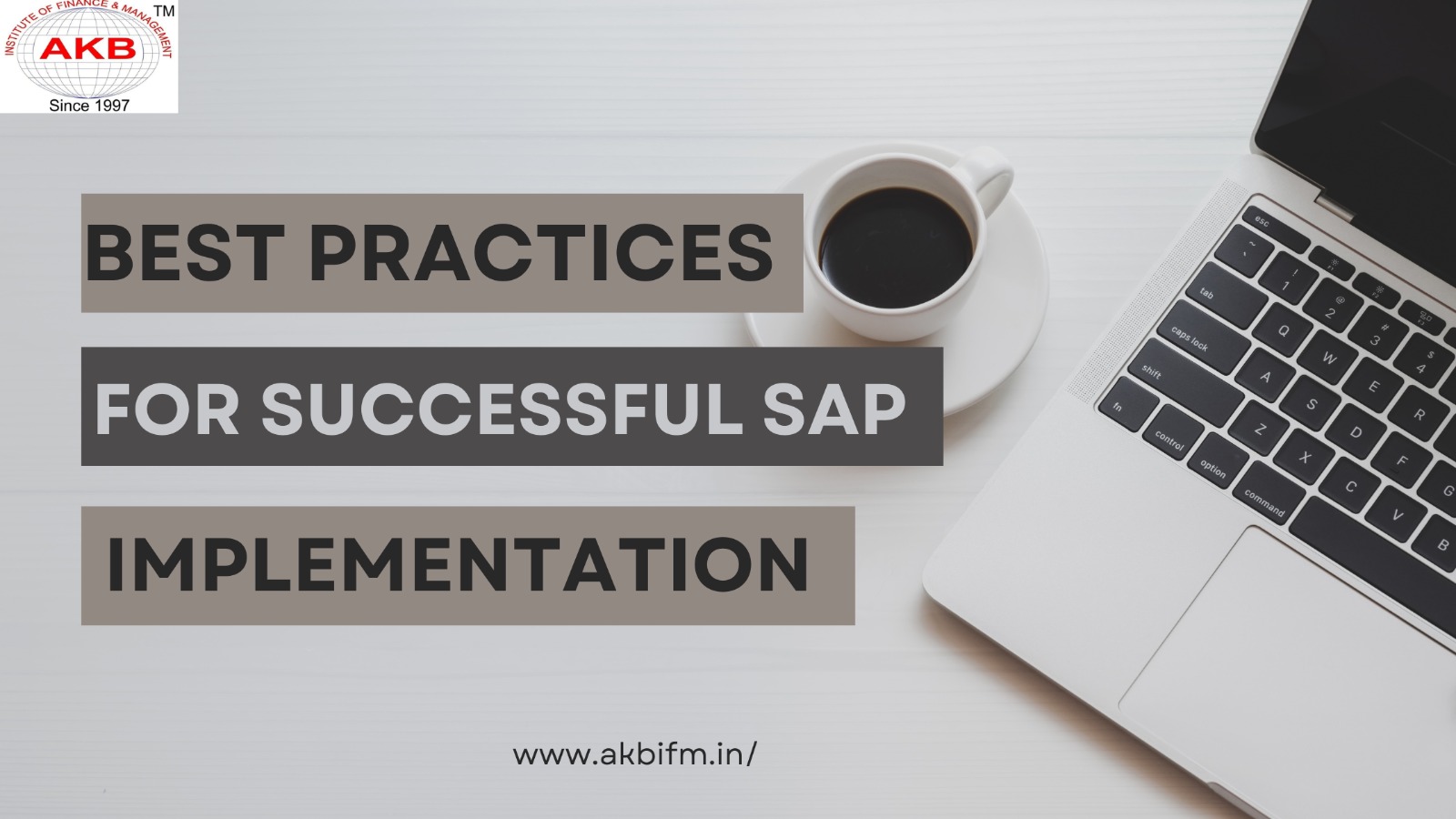
SAP (Systems, Applications, and Products) is a robust enterprise resource planning (ERP) system that can help organizations streamline their business processes, improve efficiencies, and drive growth. However, implementing SAP can be a complex and challenging undertaking, with many potential pitfalls along the way.
To ensure a successful SAP implementation, there are several best practices that organizations should follow. In this blog, we’ll discuss some of the key steps you should take to ensure your SAP implementation is a success.
1. Define Your Goals and Objectives
Before embarking on an SAP implementation, it’s essential to define your goals and objectives for the project. What are you hoping to achieve by implementing SAP? Are you looking to improve efficiency, reduce costs, or streamline processes? Whatever your goals may be, it’s essential to clearly understand what you want to achieve before starting the implementation process.
2. Build a Strong Project Team
Building a solid project team is essential to the success of an SAP implementation. The team should comprise individuals with diverse skills and expertise, including business analysts, IT professionals, and functional experts. It’s essential to have a project manager who can keep the team on track and ensure that deadlines are met.
3. Develop a Detailed Project Plan
Developing a detailed project plan is essential to ensure that the implementation process runs smoothly. The plan should include timelines, milestones, and tasks for each phase of the project. It’s important to have a clear understanding of the resources required for each task and to allocate those resources appropriately.
4. Manage Change Effectively
Implementing SAP will likely involve significant changes to your organization’s business processes, so it’s important to manage change effectively. This involves communicating with stakeholders, educating employees, and providing support throughout the implementation process.
5. Test Thoroughly
Thorough testing is essential to ensure that the SAP system is functioning properly and meeting your organization’s needs. It’s important to test each module of the system thoroughly, as well as any customizations or integrations that have been developed.
6. Provide Ongoing Support and Maintenance
Once the SAP system has been implemented, it’s important to provide ongoing support and maintenance to ensure that it continues to function properly. This involves providing training to employees, monitoring the system for issues, and making any necessary updates or modifications.
Conclusion
In conclusion, implementing SAP can be a challenging undertaking, but by following these best practices, you can increase your chances of success. By defining your goals and objectives, building a strong project team, developing a detailed project plan, managing change effectively, testing thoroughly, and providing ongoing support and maintenance, you can ensure that your SAP implementation is a success.



